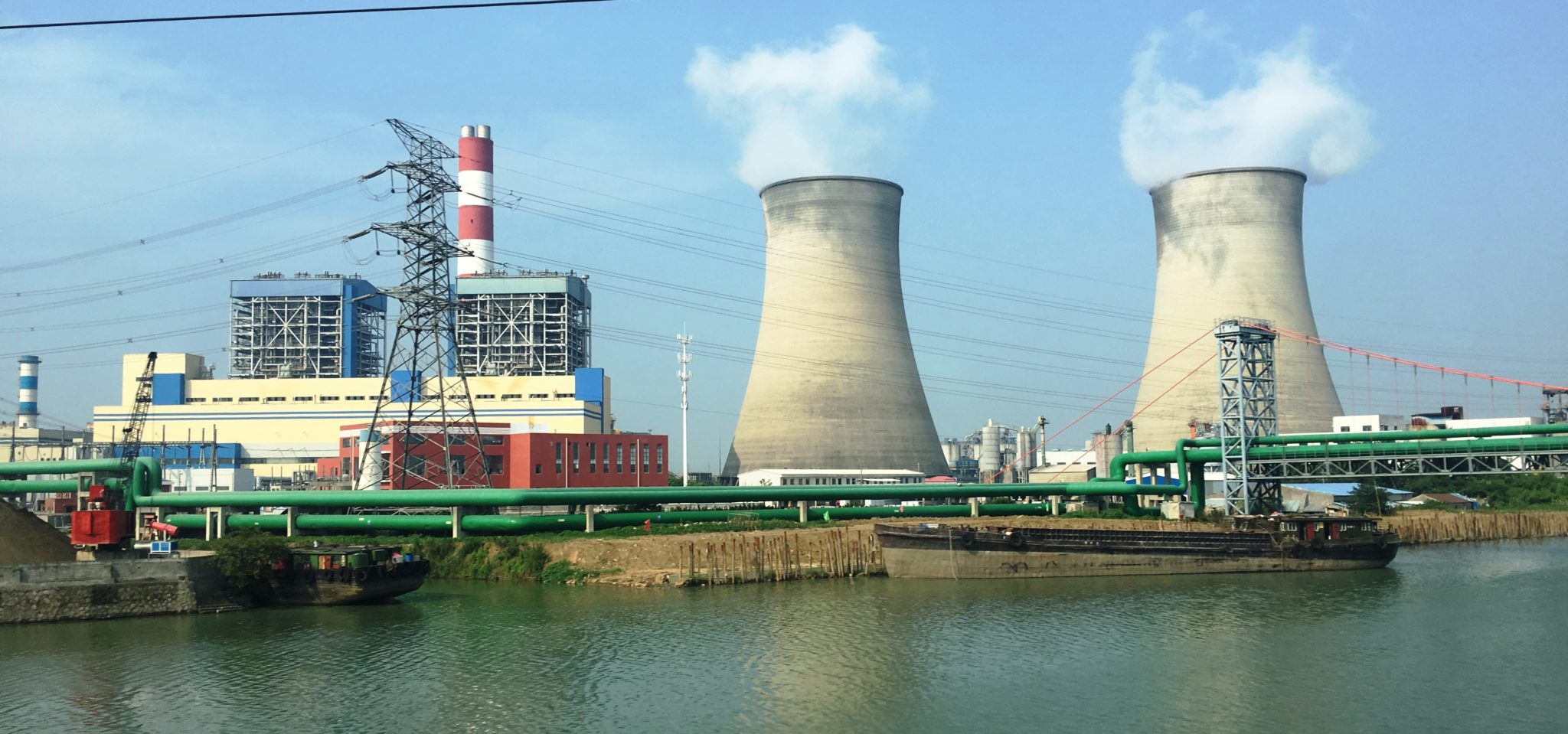Read in Chinese 中文版本
China’s overseas investments have attracted enormous attention in recent years. But not always for the right reasons.
Under the Belt and Road Initiative, the government has said it will invest US$4 trillion in developing infrastructure and regional connectivity across strategic land and maritime routes. Over the next five years, China plans to spend US$750 billion on overseas investments.
But while the money is flowing, one area that has lagged behind is the management of environmental risks, particularly in countries with weak environmental governance.
To help address this problem, the International Green Finance Seminar held in Beijing in September brought together seven bodies, among them the China Green Finance Committee and the Ministry of Environmental Protection’s Foreign Economic Cooperation Office. Together, they published a document that takes aim at the weak and oft-criticised aspects of China’s overseas investment.
The Environmental Risk Management Initiative for China’s Overseas Investment consists of 12 articles. It encourages investors to consider environmental, social and governance (ESG) factors when making and managing investments. This means disclosing ESG information and then actively working with environmental groups so that disclosure of information improves project management.
It also calls on investors to fully understand Chinese, local and international environmental standards and wherever possible to apply the toughest of those; and to carry out full environmental due diligence.
Not legally binding
While the initiative is undoubtedly a step in the right direction, it is not legally binding. However, a series of further actions is in the pipeline, including specific plans for implementing each article of the initiative to form a detailed operational guide. This will be published before the end of the year.
The government is also drafting legally binding regulations on overseas investment, meaning the rules look set to get tougher.
Such regulations can’t come soon enough and reflect a growing concern over the environmental risks from China’s overseas investments, which have seen some projects, such as the Myitsone dam in Myanmar, cancelled and others heavily criticised.
The most recent initiative also follows a stronger international focus on green finance, which featured for the first time on the agenda of a G20 summit in 2016 in Hangzhou, where a green finance study group was established.
Also, a month before the release of the new initiative, on August 4, the National Development and Reform Commission, the Ministry of Commerce, the People’s Bank of China and the Ministry of Foreign Affairs published a document on regulation of overseas investments.
This categorised investments into those to be encouraged, restricted, or banned. However, projects that use of out-of-date equipment, fail to meet host nation technical standards, or that do not meet host nation environmental, energy-efficiency or safety standards are not banned outright, but are instead explicitly subject to approval and management by the four bodies.
Going further back, in early 2013 the Ministry of Commerce and the Ministry of Environmental Protection sent a brief guide on environmental protection in overseas investments to local governments, environmental protection bodies, and state-owned enterprises. The China Chamber of Commerce of Metals, Minerals and Chemicals Importers and Exporters later published guidelines on responsibility in overseas mining investments.
The significance of the initiative
Alongside the China Green Finance Committee, a number of civil society bodies also contributed to the document, including the China Investment Association and the China Banking Association. Although the bodies have quasi-official status they hold no real power.
Nonetheless, Shery Madera, the City of London’s special adviser for Asia, says that the initiative could act as a model and guide. Madera suggests selecting a number of successful projects to be held up as examples of best practice.
According to article 12 of the initiative, the drafting bodies will work together to help develop the capabilities of financial institutions and companies to assess environmental risks in investments.
Bai Yunwen of Greenovation Hub predicts that having published the initiative, the influential financial associations are likely to follow up by offering more training on managing environmental risks, helping companies to work in line with it.
Zhang Qinglin, chair of the Asset Management Association of China, said a green finance and development forum will be formed to encourage interaction between finance and industry. “If companies are working on green development, they’ll get support from financial institutions,” he said.
Of course, managing environmental risks is likely to add to company costs, at least initially, and it is entirely possible that firms will opt to ignore the document, which has no binding force.
Zhang Jingjing, an environmental lawyer and partner at Beijing Huanzhu Law, agreed that these industry associations have only limited power over businesses.
But a number of experts told chinadialogue that companies should take a longer term view of the possible losses from environmental risks and, after balancing the pros and cons, make the rational choice to incorporate them into their business practices.
This article was originally published by chinadialogue.net









